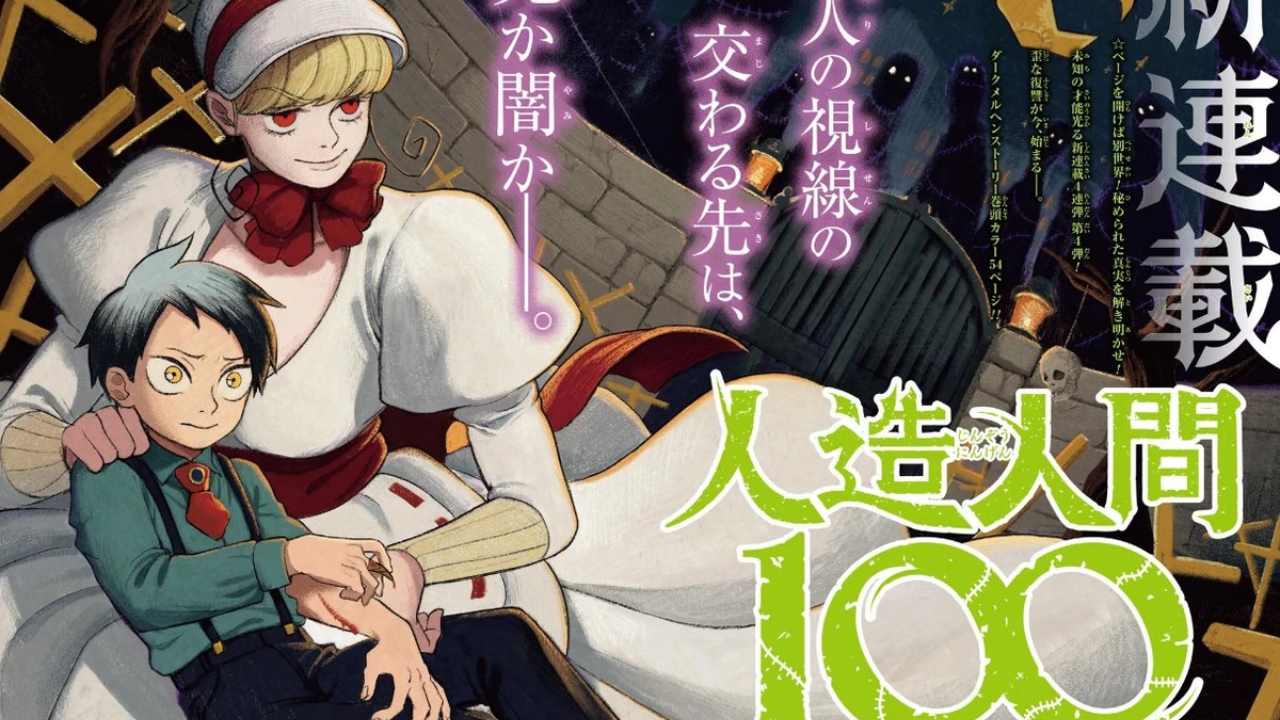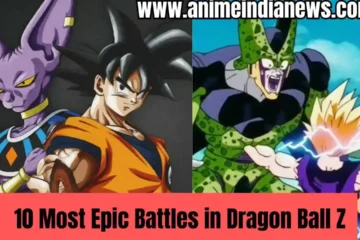Jun Arai, the director behind the captivating anime series “Kingdom,” recently spoke out about a pressing issue plaguing animators in the industry: a perpetual cycle of employment uncertainty.
His revelation came in response to a heartfelt post on X, where concerns were raised about animators predominantly turning to contract work rather than securing stable positions within anime companies.
Arai’s take on the matter pointed out a fundamental problem: the lack of copyright ownership by anime studios, leaving them largely dependent solely on production costs.
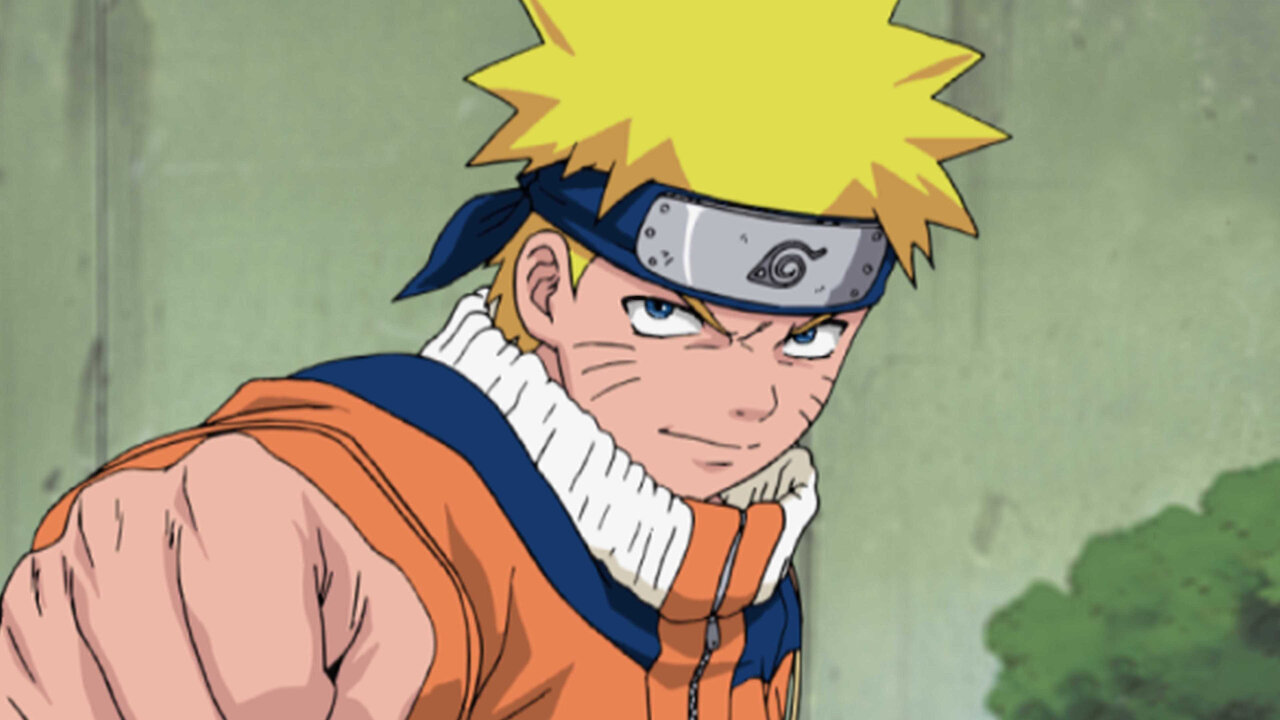
This dependence creates a challenging cycle where studios struggle to maintain internal reserves, making it difficult to offer permanent employment due to financial constraints.
Arai’s comments shed light on a larger issue within the anime community, where the struggles of animators often go unnoticed.
Recent findings from the Japan Animation Creators Association (JAniCA) further underline this reality, revealing that a significant portion of animators are not permanent employees.
アニメ会社に©はないので
アニメ制作費以外に資金源が無く、
制作費を貰って常にアニメを作り続けなければ
社内保留金を維持出来ない自転車操業状態な為、
https://t.co/oyWPZOXshN– 新井淳 (ver.4) (@arasan_fourth) March 9, 2024
Instead, many identify as self-employed or self-employed, and lack the stability and protection that full-time workers enjoy. Additionally, the prevalence of fixed-term employment increases the uncertainty faced by entertainers struggling to make ends meet.
Compounding these challenges is the compensation structure within the industry, which disproportionately affects animators’ earnings. Most animators receive a salary based on completed frames or, for senior animators, a fixed income regardless of workload.
This system, as the NAFCA survey highlights, often leads to inadequate compensation, especially for younger animators. Surprisingly, cases of animators receiving meager payments, such as $1.47 per frame, underscore the financial hardships endured by many in the industry.
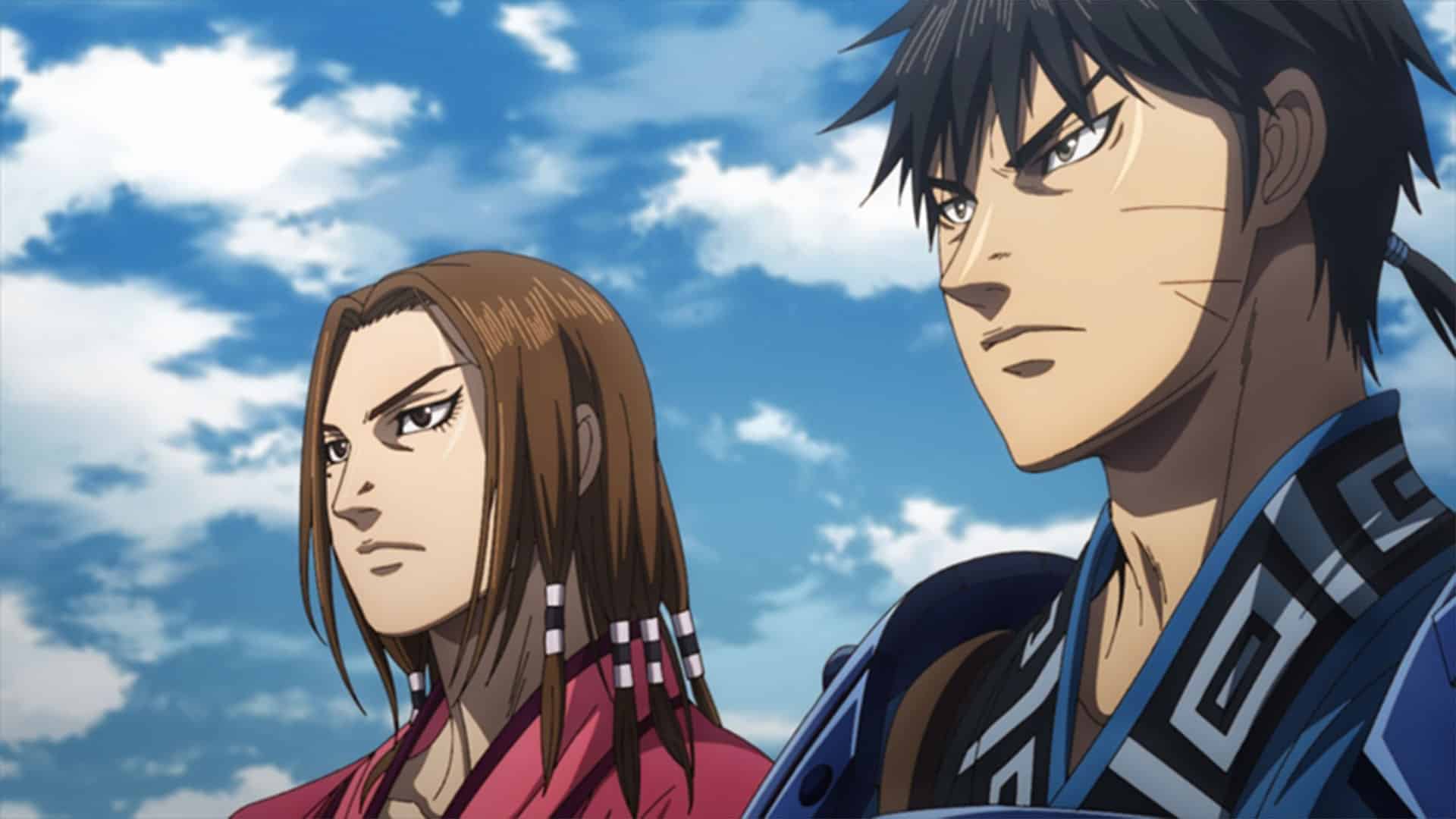
While some animation studios have begun to copyright copyright series, potentially increasing revenue streams, this practice remains relatively uncommon.
Opportunities abound in secondary revenue streams such as merchandise sales and licensing deals, but without copyright ownership, studios have limited ability to capitalize on these avenues.
Efforts are being made to address these challenges, with organizations like NAFCA and JRI advocating for a minimum percentage of copyright ownership for animation studios.
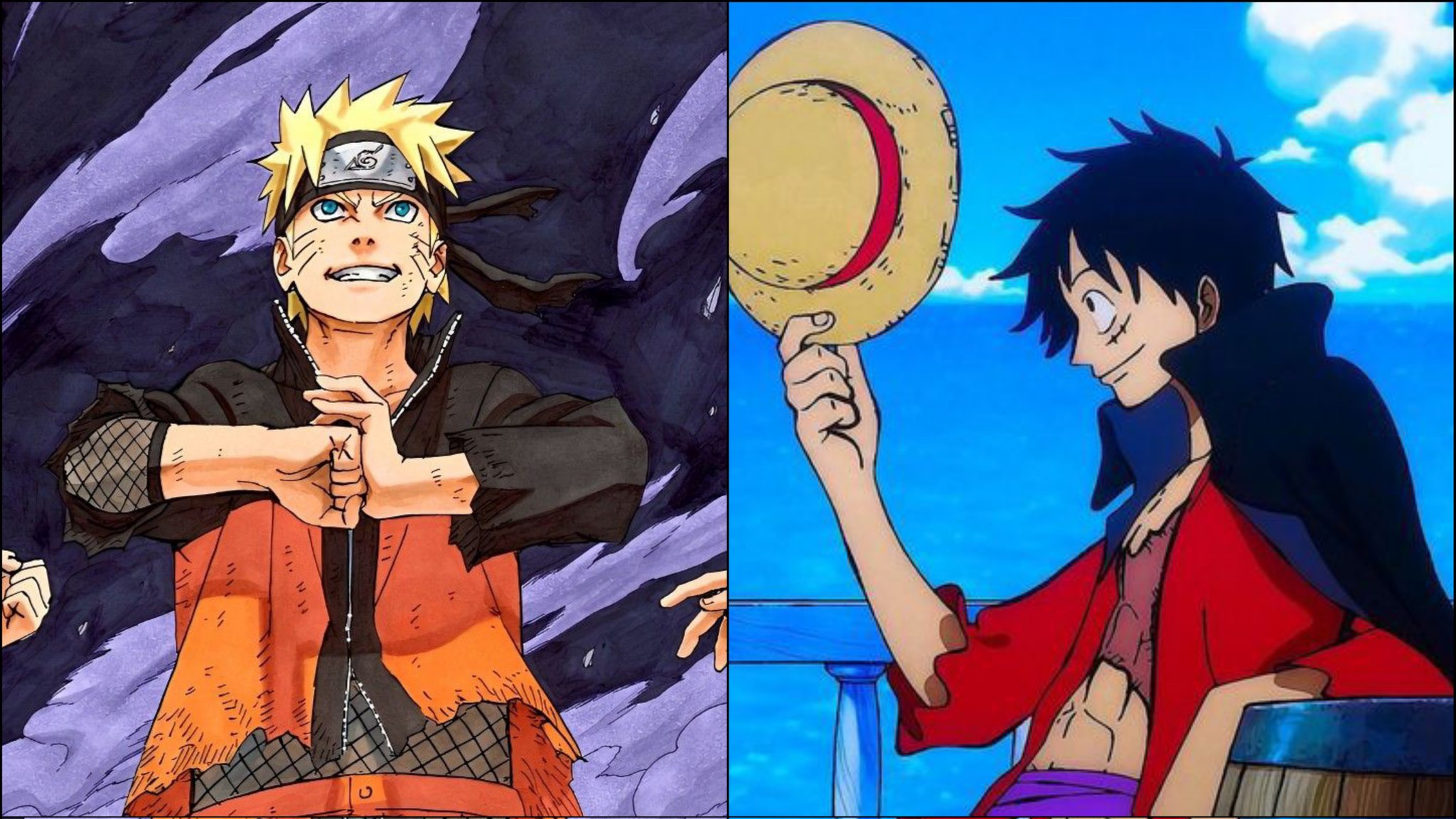
This initiative aims to empower studios to build reserves over time, eventually allowing them to self-finance projects and break free from the cycle of dependence on production costs.
Also Read: Frieren: Beyond Journey’s End Episode 28: Finale Release Date & Time
By providing better pay and stability for animators, these reforms promise to improve the quality of anime production while supporting passionate creatives.
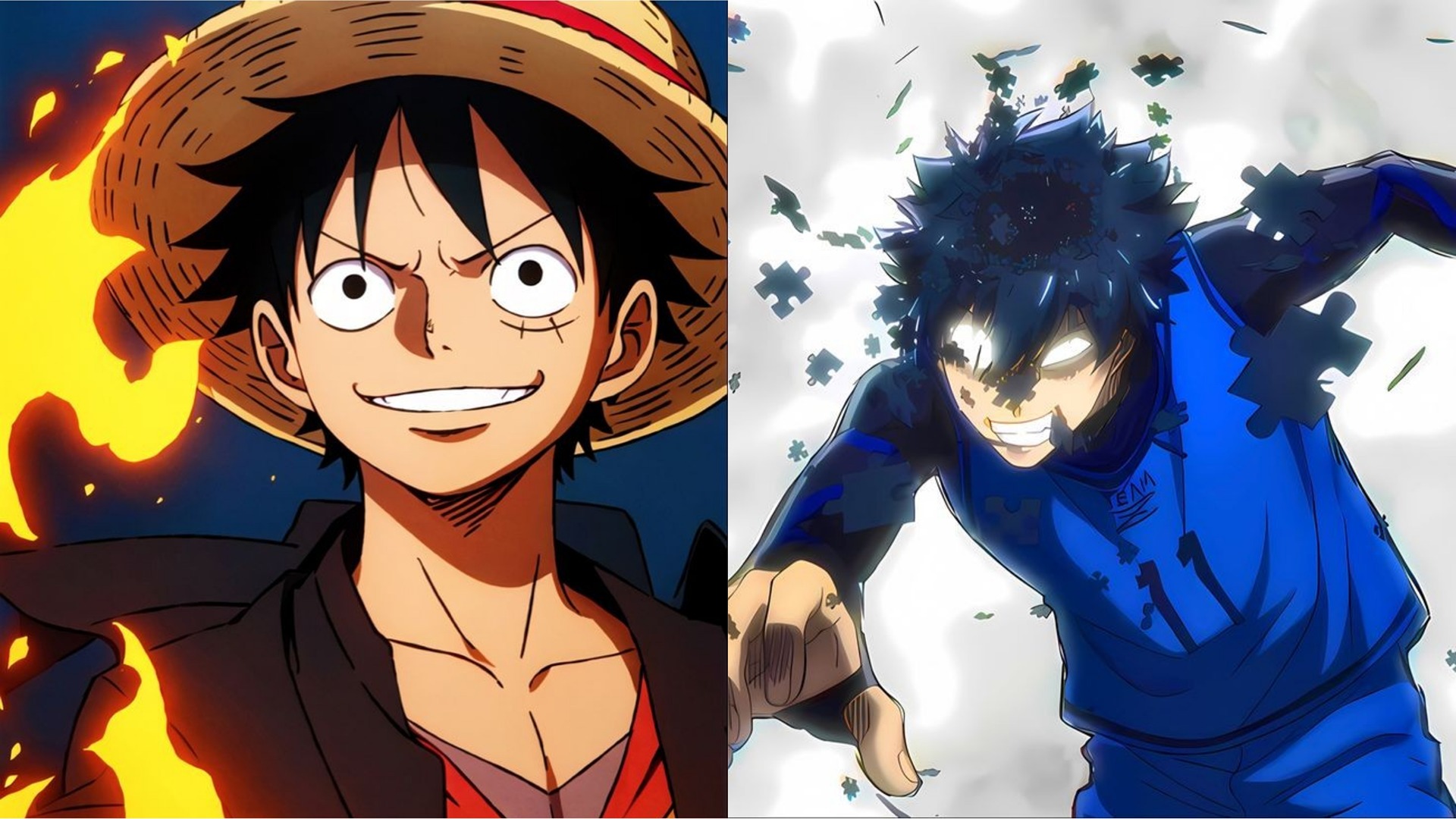
At their core, the struggles that animators face in the anime industry arise from systemic issues related to copyright ownership and compensation practices.
Addressing these challenges is essential to fostering a more equitable and sustainable environment for everyone involved in creating anime content.


